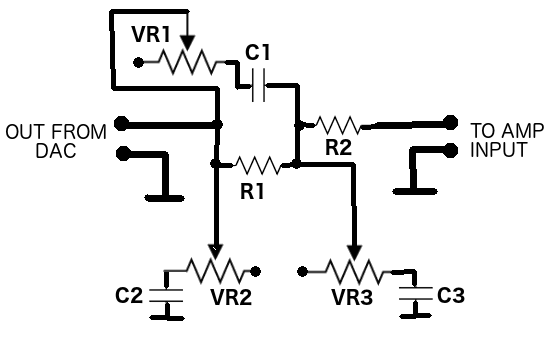Hi Steve and Paul,
Thank your for your replies.
I don’t think I have ever used more than 16bits/44.1kHz, so not exactly sure what to expect of higher specs… I guess the more options the better?
As usual, probably Behringer has the better bang for buck ratio… It costs half the price of the competitors…
Although, as Paul mentions, there seems to be a bit of a difference… Whether it’s worth paying twice the money for maybe 10% or 20% increase in quality is subjective, but considering my disappointing experience with the AudioBox 96 from my friend last year, I’m willing to pay the extra for a bit better…
From a technical point of view I’ve been basing my opinions in great part on Julian Krause’s reviews and tests, which I think is regarded as unbiased and accurate tester by many people: https://www.youtube.com/c/JulianKrause
I’ve also watched quite a few other videos and read some blog and forum posts which tend to confirm those results in general.
This other guy also has some interesting reviews about running multiple audio interfaces on Linux: https://linuxgamecast.com/linux-compatible-audio-interfaces/
One thing I know is that I don’t want an AudioBox96… (which unsurprisingly was one of the worst in terms of input noise on Krause’s tests)
Last year I was pretty convinced Scarlett 2i2 (3rd gen) was the best option for me, but from what I’ve been reading now, devices such as Motu M2 or UA Volt 2 seem to have a bit of an edge over the Scarlett… (they also cost a bit more, unless I get a refurbished one, which I might).
There seems to be a general consensus also that the “new kid on the block” that seems to be superseding these (at least in the quality of the mic preamps) is the Audient iD14 MKII. I could wait a few more months to see if the linux issues it has are solved, but probably by then another new and better interface is out and it’s an endless loop… 
SSL 2 and SSL 2+ also get good reviews, but I really don’t like the form factor… I think it would be too big for my desk…
Bottom line, I guess I’ll probably be happy with either Motu M2, UA Volt 2 or even the Scarlett 2i2 3rd gen… so I’ll probably go with one of those. Which one I guess will depend on availability and price… or maybe due to some particular feature (volume meter on M2 looks pretty neat!) or just the best looking one 
Edit: forgot to say, if it wasn’t for the reported linux issues, I’d possibly go with the iD14, for the better preamps, but I really don’t want to risk not being able to use it properly on linux, so…

